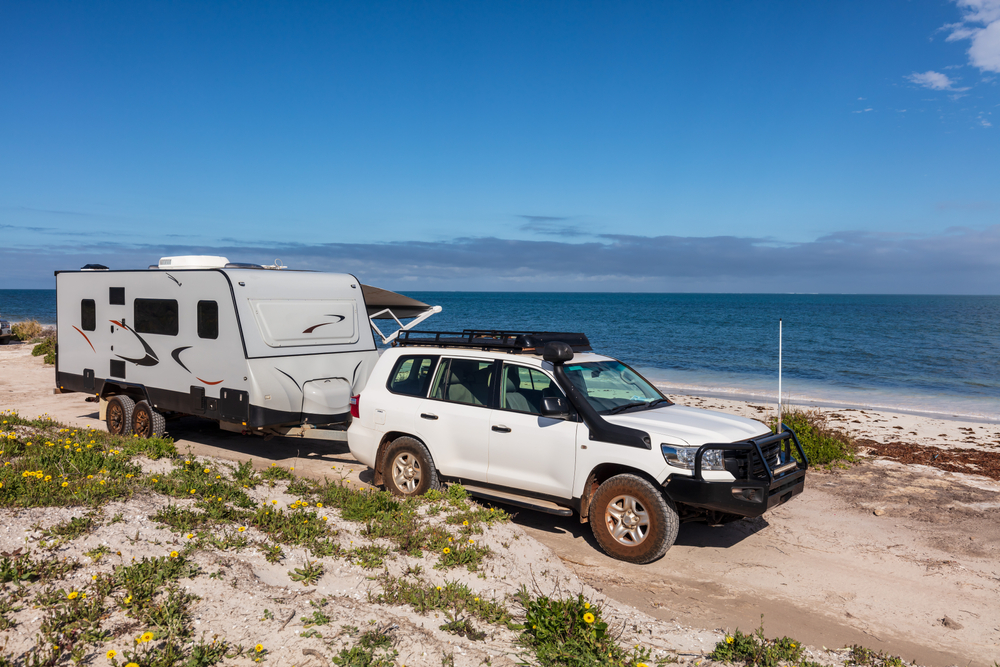New generation, transmission lines and energy storage are needed to keep the lights on in homes and businesses as ageing coal power plants shut down.
In a national electricity market update released on Tuesday, the Australian Energy Market Operator warned the reliability of the electricity grid was in doubt over the next 10 years without urgent new spending.
AEMO chief executive Daniel Westerman said timely investment in the grid was needed as Australia ended its traditional dependency on coal-fired generation and faced delays on major projects including Snowy Hydro 2.0.
Opposition energy spokesman Ted O’Brien warned Australians to “brace for blackouts” and even higher bills for less reliable energy.
Mainland states in the national electricity market are forecast to breach the reliability standard from 2027 onwards, with at least five coal-fired power stations – totalling 13 per cent of the market’s capacity – expected to retire.
Energy Minister Chris Bowen said Mr Westerman was not suggesting there would be blackouts.
“It does mean that we’ve got more work to do,” he said.
“But I’m very pleased with the progress we’ve made so far.”
The Albanese government is confident future updates will show the reliability gap closing.
Victorian Premier Daniel Andrews said the report emphasised the need for more renewable energy, with another two of the state’s coal-fired plants due to shut over the next 12 years following the closure of Hazlewood in 2017.
“This transition is not easy,” he told reporters in Melbourne.
The premier said he doubted it could be left to the private sector to provide enough investment.
Climate Council senior researcher Carl Tidemann said wind and solar-powered electricity backed by big batteries was already doing the heavy lifting on ensuring a reliable supply of electricity.
“With the right government support, we can rapidly roll out more renewable generation, storage and grid infrastructure that will enable a reliable energy grid powered by 100 per cent renewables,” Dr Tidemann said.
Victoria’s offshore wind plans may also reduce longer-term risk, according to AEMO.
Since the last update, AGL Energy has accelerated plans to shut the Torrens Island B plant in South Australia, from 2035 to 2026.
The controversial $1.3 billion gas-fired Kurri Kurri power station, intended to be a “peaker” plant that switches on during high demand, is delayed to December 2024.
But the Waratah Super Battery Project in NSW is on track for late 2025, to make up for the closure of Australia’s largest coal plant Eraring.
“Investment in firming generation, such as pumped hydro, gas and long-duration batteries, is critical to complement our growing fleet of weather-dependent renewable generation,” Mr Westerman said.
Projects that AEMO says could reduce the reliability gap include Transgrid’s 360km HumeLink, the Hunter Transmission Project, Marinus Link and battery developments in various states.
Nexa Advisory principal Stephanie Bashir, formerly with AGL Energy, said Australia was lagging on building renewable generation and transmission.
“We need to get on with it, on a massive scale,” she said.
“The good news is we are going to be okay for electricity supply this winter.”
Marion Rae, Maeve Bannister and Callum Goode
(Australian Associated Press)





